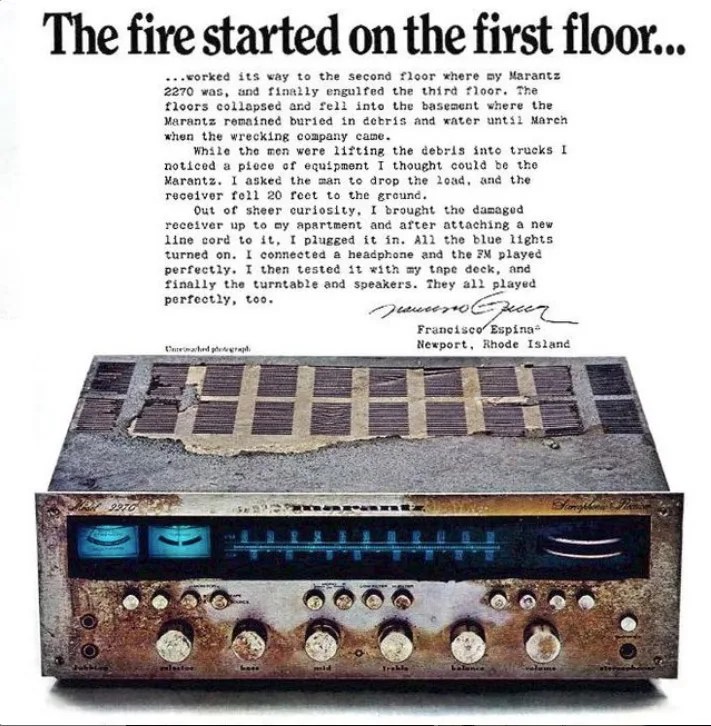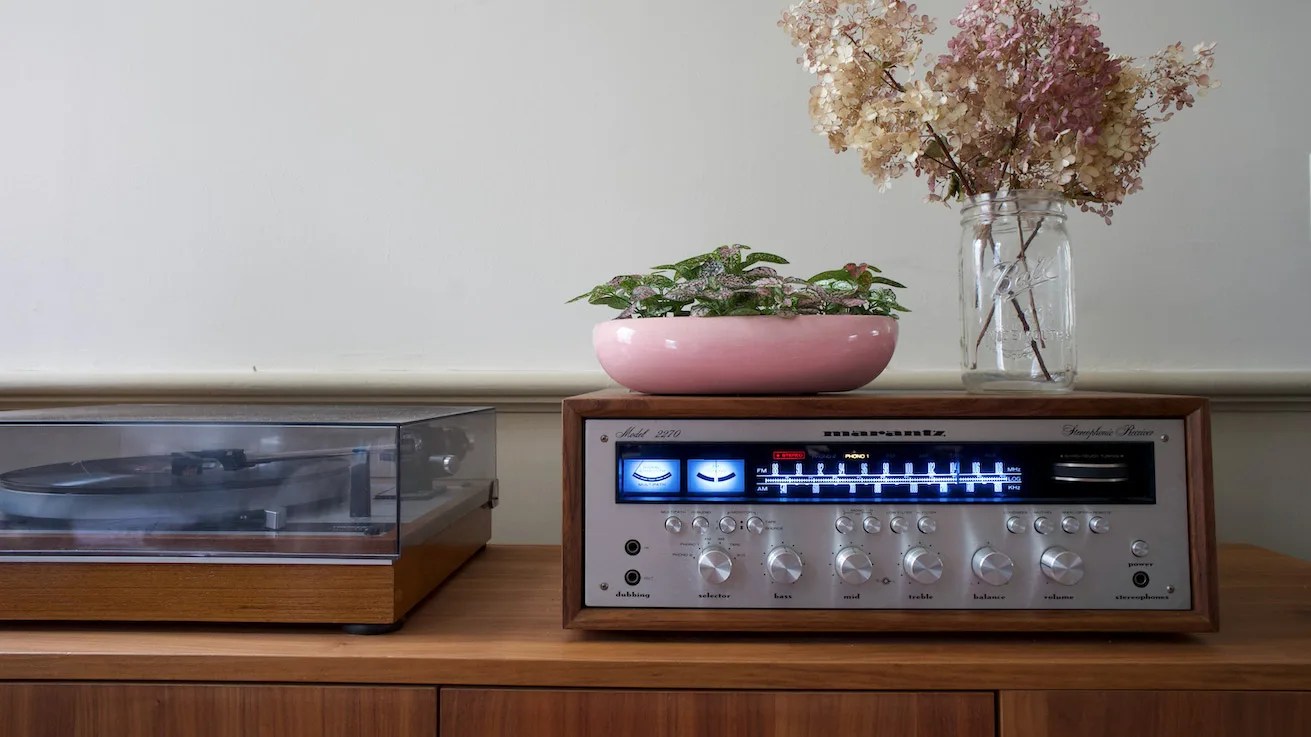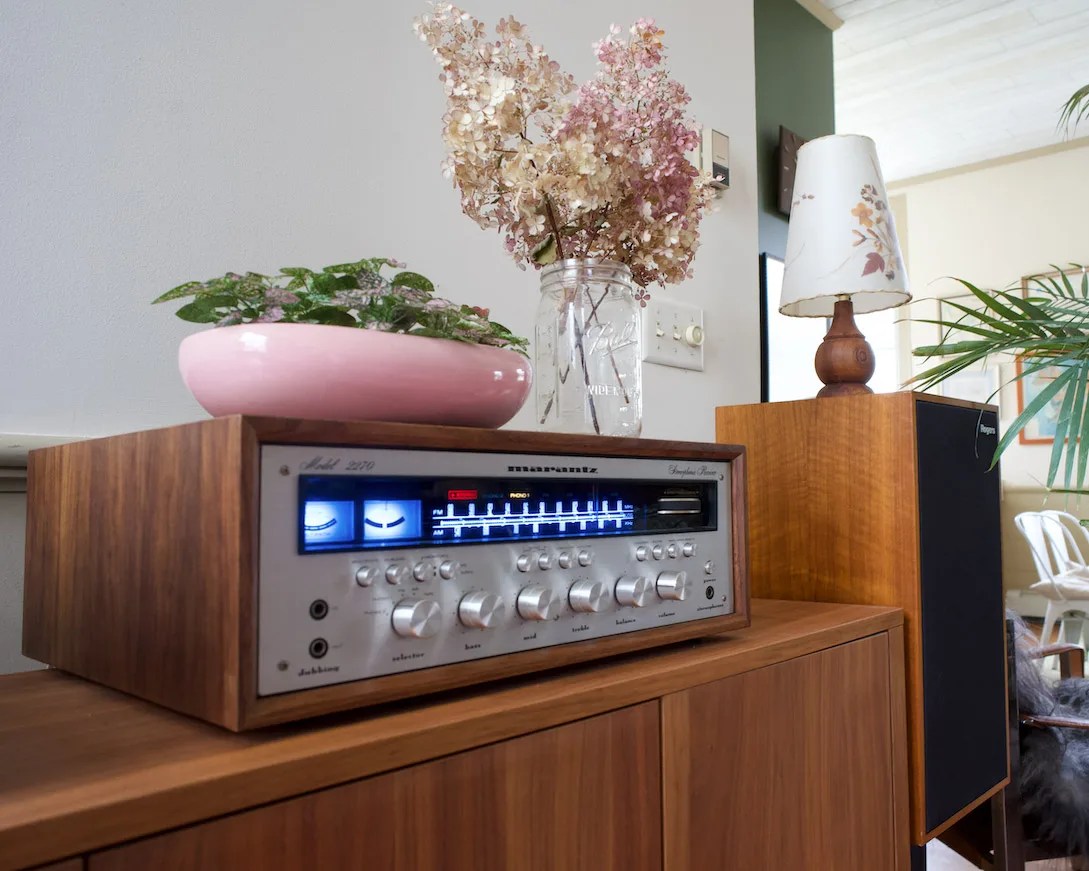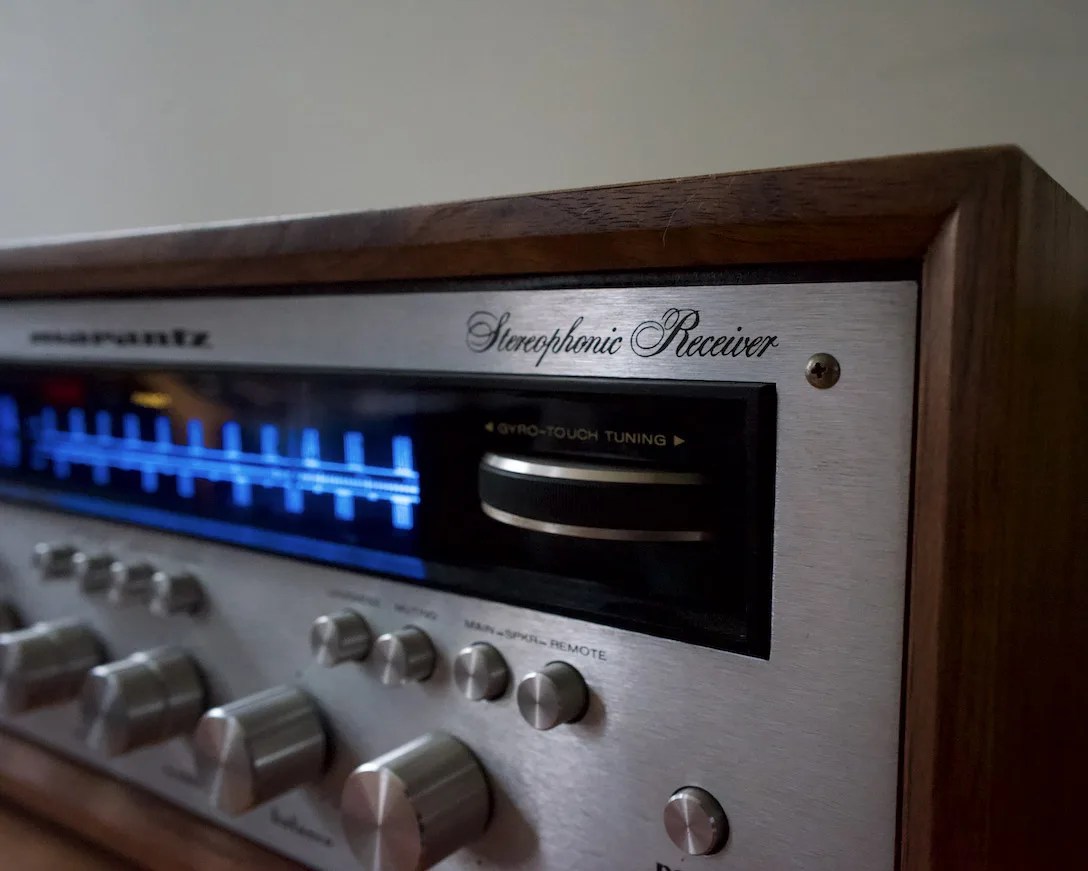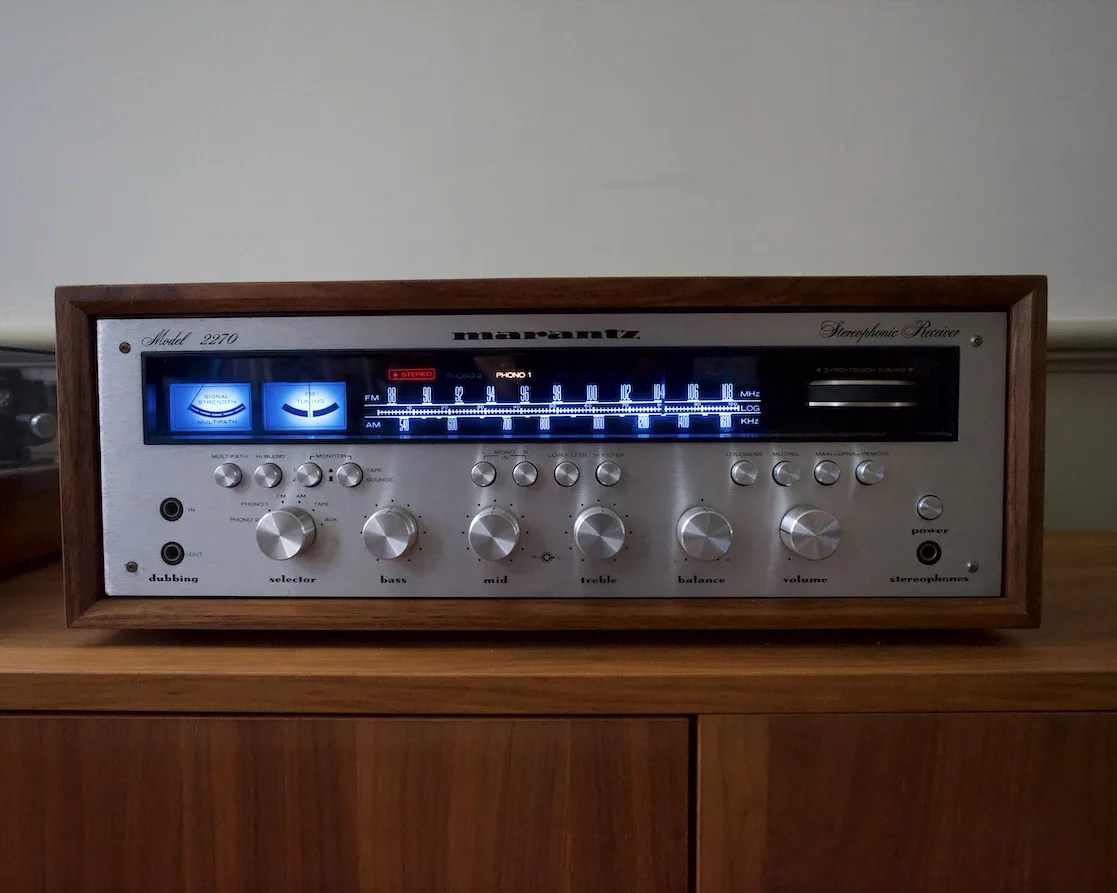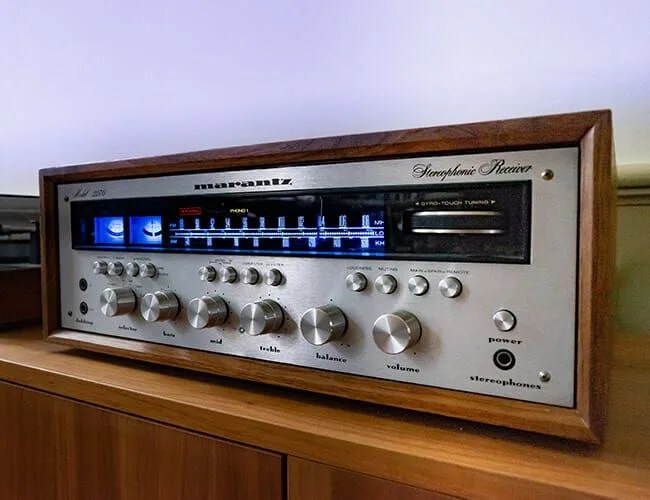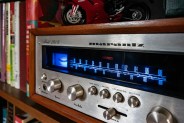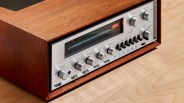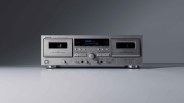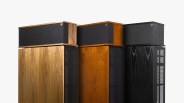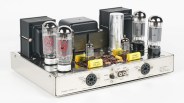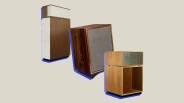Once upon a time, circa 1970, there was no such thing as “hi-fi.” It was just audio. And every household had a system, likely built around a solid-state stereo receiver or amplifier.
Names like Pioneer, Kenwood, Sansui and Sherwood dominated the market throughout the ’70s but few have endured as well as Marantz — the benchmark in sound, power, style, reliability and price.
Even today, Marantz models like the 2270 are highly sought after by hobbyists, audiophiles and everyone in-between.
“Marantz sold a ton of 2270 receivers and it became an icon.”
“If any marketing team wants to see a successful campaign from the mid-1970s, they can check out the brilliant ads for the Marantz 2270,” said Mike Garry of Hudson Valley HiFi in Cornwall, NY. “Marantz sold a ton of 2270 receivers and it became an icon.”
Here’s why it remains a relevant piece of hi-fi gear half a century after its debut.
